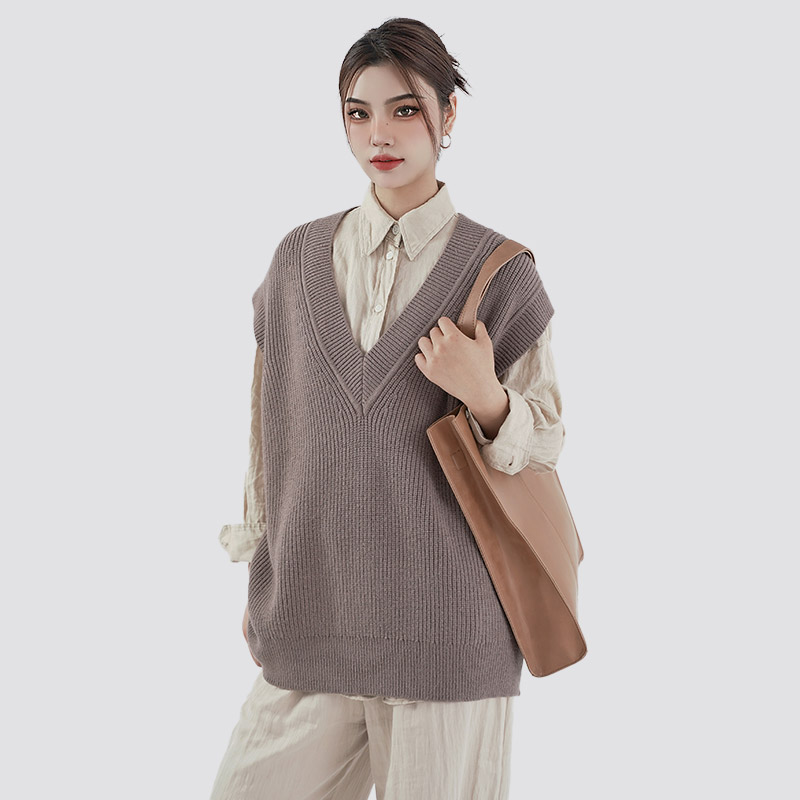Timeless Contours and Cultural Codes: The Enduring Allure of the Black A-Line Skirt in Contemporary Wardrobe Architecture
In the evolving world of fashion where trends rise and fade with seasonal speed, certain silhouettes remain remarkably resilient—transcending generations, cultures, and style movements. Among these iconic garments, the black A-line skirt holds a distinctive place. With its clean shape, sculptural simplicity, and unparalleled adaptability, the black A-line skirt has evolved from a mid-century fashion innovation into a modern-day essential embraced by designers, professionals, and everyday wearers alike.
This article explores the enduring relevance of the black A-line skirt, examining its structural aesthetics, historical underpinnings, material advancements, and role within a functional and expressive wardrobe strategy.
A Structural Icon: Understanding the A-Line Silhouette
The term "A-line" was popularized by French couturier Christian Dior in his 1955 Spring collection, where the letter “A” was used to describe the narrow-waisted, flared hem silhouette. The form is deceptively simple: it widens from the waist to the hem, allowing for both structured elegance and ease of movement. When rendered in black—a color long associated with versatility, formality, and minimalism—the A-line skirt becomes a canvas for both subtlety and statement.
From an engineering perspective, the A-line skirt balances volume and control. The flare accommodates dynamic motion and comfort without excess fabric bulk, while the narrow waistline maintains a polished, proportional aesthetic. This balance is precisely what makes the garment suitable for diverse body types, dress codes, and occasions.
Beyond Basic: Fabrication, Fit, and Functional Variation
The modern black A-line skirt is available in a wide range of fabric compositions, each introducing a different visual language and functionality to the piece:
-
Wool blends offer structure and seasonal warmth, ideal for formal wear and colder climates.
-
Cotton twill or gabardine delivers crisp lines and all-day wearability for office attire.
-
Satin, silk, or chiffon infuses fluidity and elegance, frequently chosen for evening wear.
-
Technical synthetics such as polyester-spandex blends provide durability, wrinkle resistance, and stretch, appealing to fast-paced lifestyles and travel wardrobes.
-
Vegan leather or coated textiles lend edge and architectural sharpness, particularly in fashion-forward interpretations.
The waistband construction—be it high-rise, mid-rise, or incorporating a hidden elastic insert—also shapes the fit and feel of the skirt. Tailoring elements such as darts, pleats, or panels can refine the contour, while thoughtful details like concealed zippers, topstitching, or minimalistic hardware elevate its design integrity.

Style Functionality Across Contexts
One of the black A-line skirt’s most remarkable traits is its chameleon-like ability to shift tone depending on its styling environment. It occupies a rare space where it can serve as a wardrobe foundation or focal point, suitable for both minimalist and expressive dressing.
In professional settings, a knee-length wool or crepe A-line skirt pairs seamlessly with blouses, knitwear, or tailored blazers—projecting authority without stiffness.
In casual wardrobes, cotton or jersey versions offer comfort and movement, especially when paired with tucked-in T-shirts or oversized sweaters.
In formal contexts, high-sheen fabrics with fuller volume and an elongated hem create a silhouette compatible with structured heels, statement jewelry, or fitted evening tops.
The skirt also supports seasonal transitions: worn with tights and boots in colder months, or with bare legs and light fabrics in spring and summer. This fluid adaptability speaks to its long-term value in capsule wardrobe strategies.
Sociocultural and Symbolic Dimensions
The black A-line skirt does more than flatter the form—it also serves as a cultural signifier. In fashion theory, garments such as this are read as semiotic objects: they convey messages, identities, and affiliations. The A-line shape, especially in black, often suggests a balance between tradition and modernity, restraint and expression.
In some contexts, it connotes professionalism and competence. In others, it channels nostalgia—recalling school uniforms, mid-century femininity, or vintage elegance. Simultaneously, in its minimalist versions, it aligns with the aesthetics of quiet luxury and architectural fashion design. Its role in feminist fashion history is also worth noting: practical yet elegant, modest yet expressive, it has offered women a tool for self-definition in various public spheres.
Contemporary Relevance and Market Trends
As consumers increasingly favor longevity, modular design, and sustainable purchasing habits, garments like the black A-line skirt continue to gain relevance. Many designers and retailers now offer versions made from recycled fabrics, organic cotton, or ethically sourced wool. Moreover, 3D tailoring, adaptive sizing, and inclusive design standards are being applied to this classic silhouette, broadening its accessibility across age, body type, and style preference.
Brands from luxury houses to independent labels are incorporating the A-line skirt into their seasonal collections not as a trend, but as a stable stylistic constant—an anchor piece around which statement elements are built. Digital platforms and fashion influencers often feature black A-line skirts as key pieces in "style challenge" or "how to wear it three ways" content, reinforcing their value as high-utility garments.

 English
English 中文简体
中文简体 Español
Español












